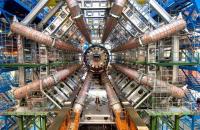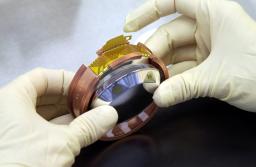Development of innovative detectors for Positron Emission Tomography
Positron emission tomography (PET) is a powerful nuclear imaging technique used widely nowadays in oncology, cardiology and neuropsychiatry.
The PET technology consists in injecting the patient with a radioactive tracer, of interest to probe a biochemical process.

















